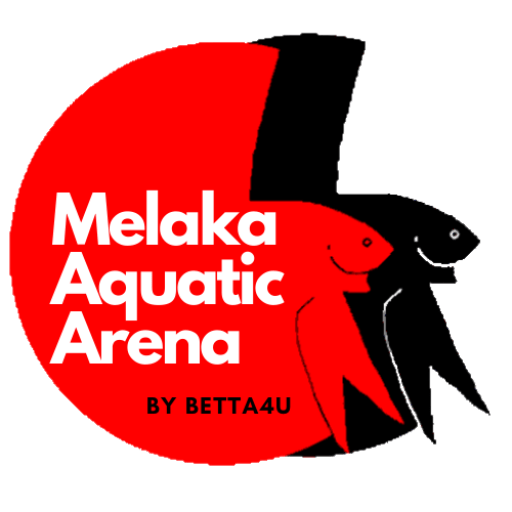Dosage of Potassium Permanganate:
- For most fish: 2 mg/L concentration as a long-term bath in freshwater or saltwater systems for a minimum of four hours.
- Safe for recirculating systems with minimal impact on biofilters at 2 mg/L concentration.
- Some sensitive fish species, like certain Lake Malawi cichlids, may require lower concentrations, such as 1 mg/L.
- Short-term bath: 10 mg/L concentration for 30 minutes, with careful observation to avoid mortality.
- Following treatment, consider adding a low concentration (2-10 ppt) of salt as a semipermanent treatment for several days or weeks.
- As a surface disinfectant in fish rooms and hatcheries: Concentrations range from 10 mg/L (30-60 minutes contact time) to 500 mg/L (30 seconds contact time).
Frequently Asked Questions
FAQs - Potassium Permanganate for Ornamental Fish Infections
1. What is potassium permanganate, and how does it work?
Potassium permanganate (KMnO4) is an oxidizing agent used to treat external infections in ornamental fish. It works by oxidizing organic material, including bacteria, parasites, and fungus, effectively removing them from the fish’s environment.
2. How should potassium permanganate be administered to ornamental fish?
For most fish, potassium permanganate can be administered as a long-term bath in freshwater or saltwater systems at a concentration of 2 mg/L for a minimum of four hours. Careful observation is necessary to avoid overdosing and harming the fish.
3. Are there any fish species sensitive to potassium permanganate?
Some fish species, such as certain Lake Malawi cichlids, may be sensitive to potassium permanganate and require lower concentrations for safety. It’s important to observe fish behaviour during treatment and adjust the dosage accordingly.
4. Can potassium permanganate be used in marine systems?
While potassium permanganate is commonly used in freshwater systems, its effectiveness in marine systems requires further research. Fish culturists should conduct a small bioassay before treating marine fish to ensure safety and efficacy.
5. How often can potassium permanganate be applied to ornamental fish?
To prevent excessive damage to fish, potassium permanganate should not be applied more than once a week. Overuse can lead to burns on the fish’s gill tissue and mucus, causing harm or mortality.
6. What precautions should be taken when handling potassium permanganate?
While potassium permanganate for fish is relatively safe to handle, it can stain skin and clothing. Protective gear, such as gloves and eye protection, should be worn during handling to prevent skin contact and staining.
7. What should I do if treatment with potassium permanganate fails?
If treatment with potassium permanganate is ineffective, it may be due to incorrect diagnosis, dosage calculation, or excessive organic matter in the system. In such cases, it’s advisable to seek assistance from a diagnostic laboratory for accurate diagnosis and treatment recommendations.
8. Can potassium permanganate for fish be mixed with other chemicals?
Potassium permanganate should never be mixed with formalin, as this combination can be explosive. It’s essential to follow safety guidelines and avoid mixing potassium permanganate with other chemicals unless specifically instructed by a professional.
Telegram Channel | Shop for more



